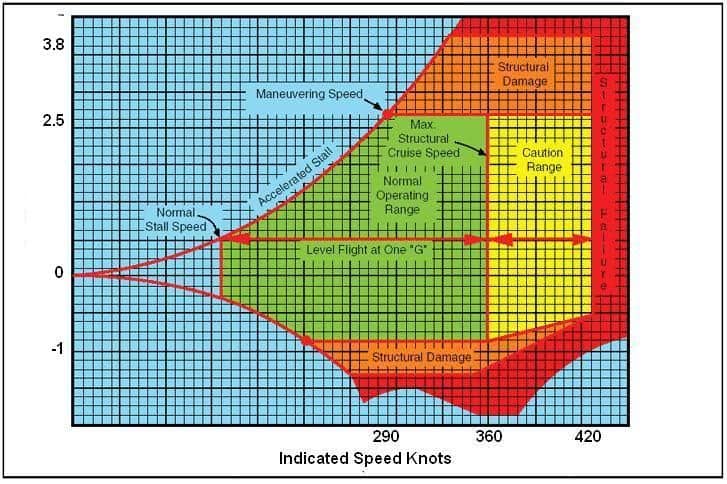Aerobatic performances do not reach that amount of negative G-force nor does a fighter plane.
At -4G with a transport category aircraft the structure will fail.
This is
NOT a legitimate 767 Vg diagram but borrowed from another thread on here for the purposes of explaining.

You can’t just pull or push unlimited.
You need to stay within the operating envelope both in positive and negative G.
Again this is NOT a 767 diagram so ignore the speeds it’s about the aerodynamic principles.
The “normal” stall speed is the speed at which the aircraft stalls under unaccelerated flight at 1G.
Above this speed we call it an “accelerated stall” as we our now stalling the aircraft at a higher speed and higher then 1G.
The limit for this is Va or maneuvering speed.
Above this speed we will overstress the airplane before it stalls. Could be temporary or permanent deformations of structure depending on the speed.
This requires inspections and possibly repairs.
We have something similar below the 1-G line although the area in the graph is much smaller.
Keep in mind that we float (weightless) at 0G and even -1G is a pretty radical maneuver let alone -2G.
Design and certification criteria mandate the aircraft is much stronger on the “+” side then on the “-“ side of the graph.
Just as an example, hard landings are “+” and even extreme turbulence may not go much past -1G if at all unless we fly into a massive thunderstorm.
Keep in mind again, 0 is weightless and -1 we’re being accelerated out of our seats.
Here is a rare example of extreme turbulence that sent a galley cart into the ceiling. That will already happen at -.01G during which it will float up and at -0.3 it will probably smack the ceiling.

With all respect but I think the ones that advocate the -4G theory have never experienced even -1G.
Have a look at the diagram again.
In short the airplane would have come apart at -4G or at the very least lost the tail.
It did not, the videos show it with all major components attached.